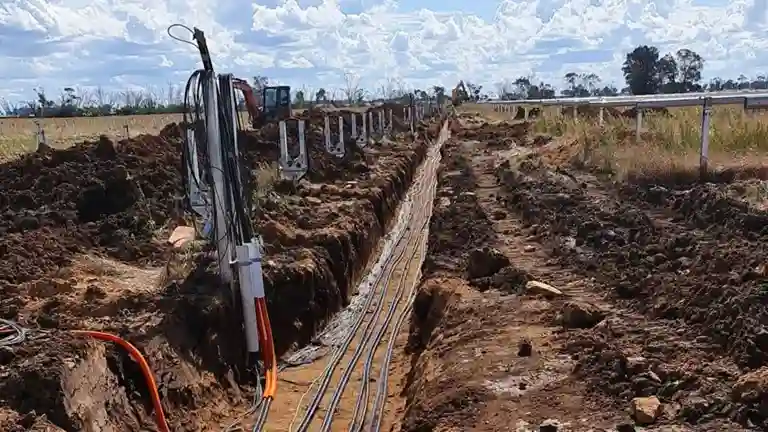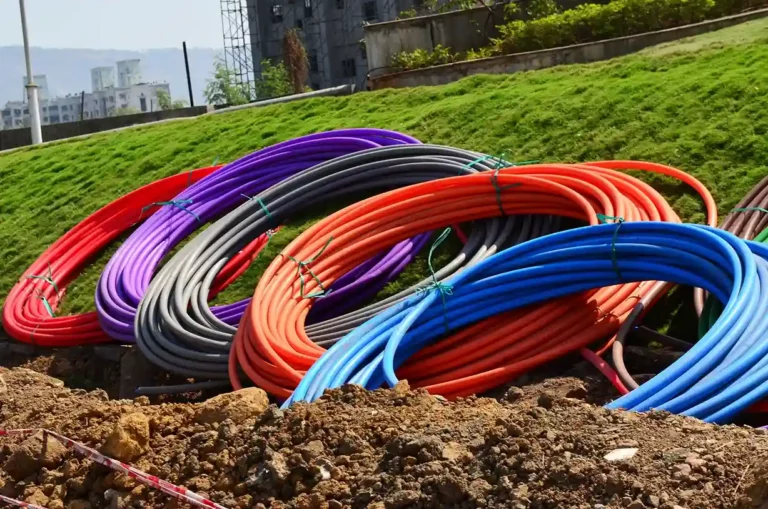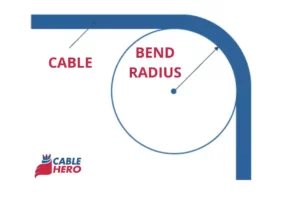
Soil Thermal Resistivity and Cable Sizing
When it comes to designing underground electrical installations, cable sizing plays a crucial role. Choosing the right cable size that can operate safely below its transmission capacity is essential to prevent thermal failure. In this article, we will discuss the basics of soil thermal resistivity and its impact on cable sizing. We will also introduce some online tools like a cable size calculator, wire size calculator, and voltage drop calculator, that can simplify the process.
What is Thermal Resistivity of Soil?
Soil resistivity measures the resistance offered by soil to the flow of electricity. It depends on various factors, including soil composition, moisture content and retention qualities, depth, load carried by the cable, and temperature. Soil resistivity mainly depends on temperature. Therefore, it is essential to determine it accurately before installing cables.
AS/NZS 3008 Standards on Underground Cabling
The AS/NZS 3008.1.1:2017 Standard outlines installation and operation conditions for two types of underground cabling, namely cables buried directly in the ground and cables in underground wiring enclosures.
Conditions for cables buried directly in the ground
According to the Standard, the current-carrying capacities shall be dependent on the following:
- A 25°C ambient soil temperature.
- A 0.5m laying depth that is measured from the ground surface to the centre of a cable, or to the centre of a trefoil arrangement of cables (3-phase system).
- A 1.2°C.m/W soil thermal resistivity.
- Cables to be spaced as:
- Single-core cables:
- 3 single-core cables laid touching throughout in trefoil arrangement
- 2-3 single-core cables laid touching in flat formation
- Singly laid multicore cables
- Single-core cables:
Conditions for cables in underground wiring enclosures
According to the Standard, the current-carrying capacities shall be dependent on the following:
- A 25°C ambient soil temperature.
- A 0.5m laying depth that is measured from the ground surface to the centre of a cabling enclosure, or to the centre of a trefoil arrangement of cabling enclosures (3-phase system).
- A 1.2°C.m/W soil thermal resistivity.
- Cabling enclosures to be spaced as:
- Single-core cables in individual cabling enclosures:
- With 2 ducts side by side touching
- 3 ducts in trefoil arrangement, or in a flat formation touching
- Single-core cables as a circuit in one cabling enclosure
- Multicore cable in one cabling enclosure
- Single-core cables in individual cabling enclosures:
The Impact of Soil Thermal Resistivity
Soil thermal resistivity is a critical factor that affects the current carrying capacity of cables in underground wiring enclosures. The AS/NZS 3008 Standard assumes a soil thermal resistivity of 1.2°C.m/W, which is the average figure selected based on different soil types and maximum thermal resistivity at times of maximum load.
However, the actual soil thermal resistivity can vary significantly depending on several factors, such as soil composition, moisture content, temperature, and depth. Therefore, it is essential to determine the actual values of soil thermal resistivity along the wire route and refer to Table 29 of the AS/NZS 3008 Standard for suitable rating factors.
Online Tools for Cable Sizing
Calculating the right cable size can be a challenging task, but with CableHero’s online cable size calculator can simplify the process. Engineers and electricians can register for a free trial and try out the tool. Additionally, there are voltage drop calculators, cable size calculators, wire size calculators, and solar cable size calculators available, conduit size calculator that can assist with cable sizing.
In conclusion, the AS/NZS 3008 Standard provides specific installation and operation conditions that electricians and engineers must follow when determining the current carrying capacity of cables in underground wiring enclosures. By considering the soil thermal resistivity, ambient soil temperature, and laying depth, electricians and engineers can ensure safe and efficient operation of cables in underground wiring enclosures.
Try CableHero today. Our web and mobile cable sizing calculator can do the job for you. Register for a free trial today.
Disclaimer: Although CableHero provides important and accurate tips and information through this website, CableHero does not make any representations or warranties as to the completeness, precision, trustworthiness, or timeliness of such information, and CableHero does not claim any duty to be held liable from the usage of the information.




